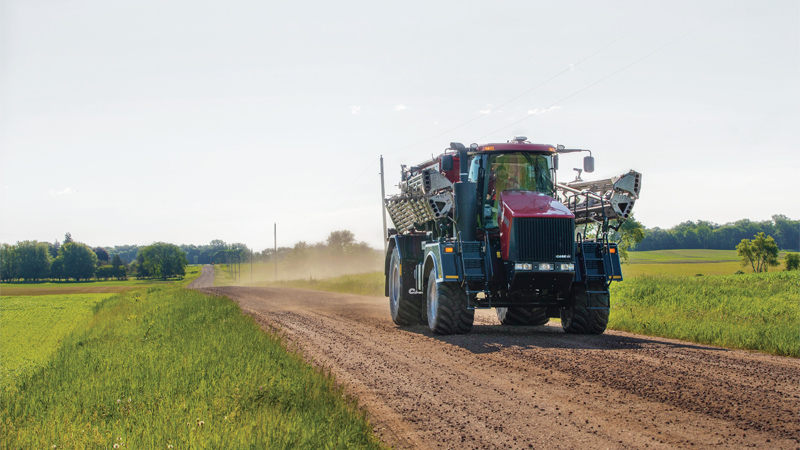U.S. Farmers Leave Fields Fallow as COVID-19 Wrecks Crop Prospects
The 1,250 acres of irrigated fields are the most valuable on Troy Schneider’s farm in eastern Colorado, as corn yields in his county typically come in more than three times higher on those fields than dryland ones, writes Mark Weinraub at Reuters. But this year, with the economy contracting and demand for corn-based biofuel falling off, Schneider is not planting any cash crops under the sprinkler system on 125 of those irrigated acres. He calculated it would make more financial sense to grow grass for his cows.
“With the economy shut down and lack of driving, it drove the price down too much,” he said. “Why even take a chance? You are going to lose money on everything.”
Farmers routinely make changes to their acreage intentions as the calendar advances, substituting in different crops if the weather mucks up their original plans. But leaving the ground bare is new territory for U.S. farmers who typically plant fencerow to fencerow, trying to squeeze profit out of every available acre.
The most recent acreage data from the government showed corn and cotton plantings in particular were far below initial expectations, with corn seedings in June dropping the most from March in 37 years. The coronavirus pandemic caused many farmers to give up on their corn crop before it was even in the ground. When calculating their plans for 2020, they had viewed corn as the crop most likely to turn a profit as ongoing tensions with China threatened to roil the soybean export program even after Beijing and Washington inked a Phase 1 trade deal in January.





